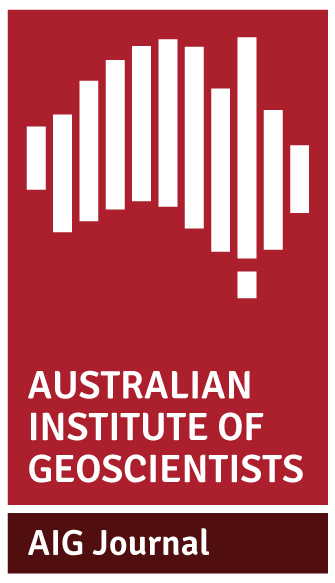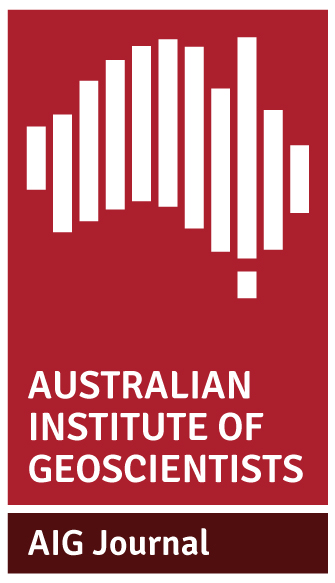Drummond Basin Prospectivity Mapping

Greg A. Partington, Ross Mining NL
Level 4, 139 Coronation Drive, Milton Queensland 4064
gapmas@ozemail.com.au
Click here to download paper as PDF
ABSTRACT
It is important that risks of developing mineral resources are known as accurately as possible. This process starts at the pre-discovery exploration stage and should continue through feasibility to the development stage. Until recently, this type of analysis has been carried out manually, leading to intuitive judgements. With GIS and resource estimation software now available on personal computers, probabilistic models can now be generated. A program of digital data compilation has recently been undertaken to allow the use of more probabilistic data analysis techniques, moving away from the traditional expert-system methods. The first prospectivity map was in the Drummond Basin where the aim was to assess the potential of the area and to test current geological models. Prospectivity mapping, using weights of evidence techniques was carried out at approximately 1:100,000 scale. The initial work involved database compilation, which highlighted errors and gaps in the database.
The result of the Drummond Basin study, although useful, was not as important as the analysis. This provided some important lessons and provided a focus on geological models and exploration methodologies. This analysis allowed the comparison of disparate datasets and associations not easily recognisable between these datasets. This work increased the confidence in the exploration models and techniques currently used in the Drummond Basin. The calculation of the prior probabilities produced a correlation matrix of variable comprising the geological model. This allowed an objective assessment of the model and those features that should be concentrated on during exploration. Finally working with GIS datasets has highlighted the need for good quality data and data management. This has become a problem, as databases are presently available from a diverse number of groups, resulting in variable data quality and standards. No matter how sophisticated your analytical software if your data is poor the result will be of a similar quality. This applies to all aspects of the exploration industry from spatial mapping (GIS) to resource modeling.
